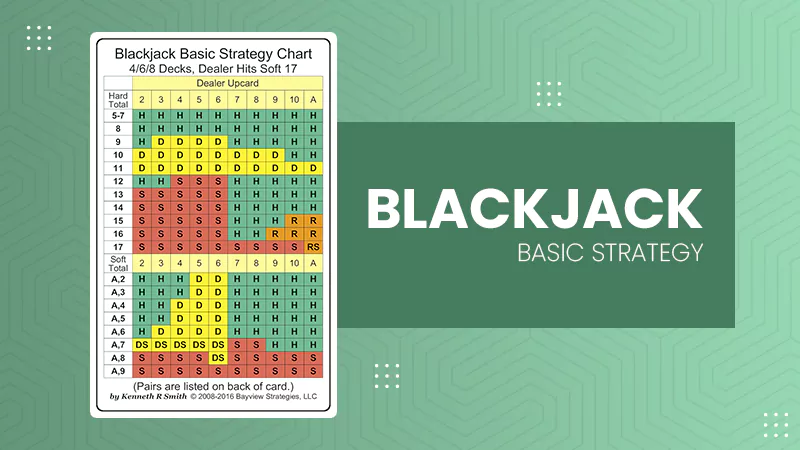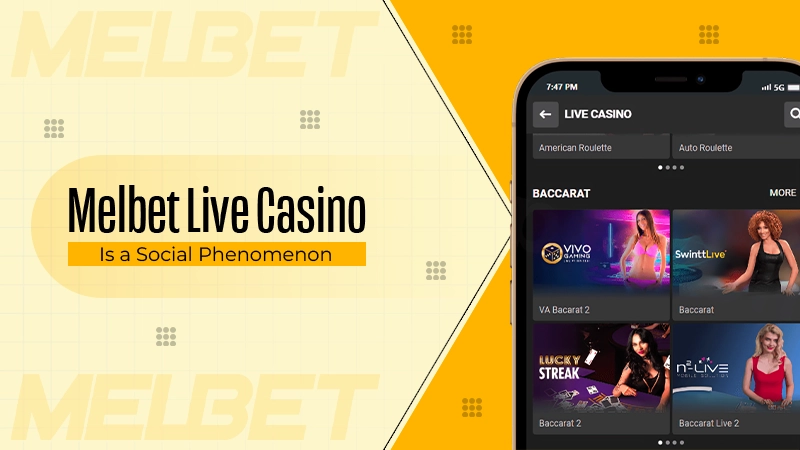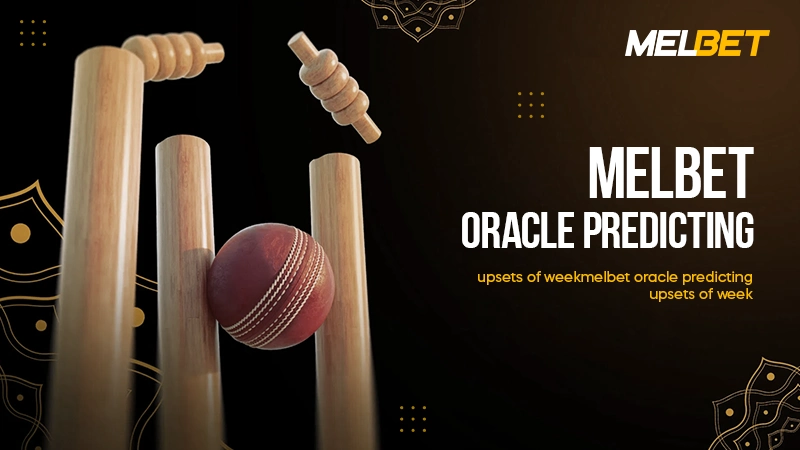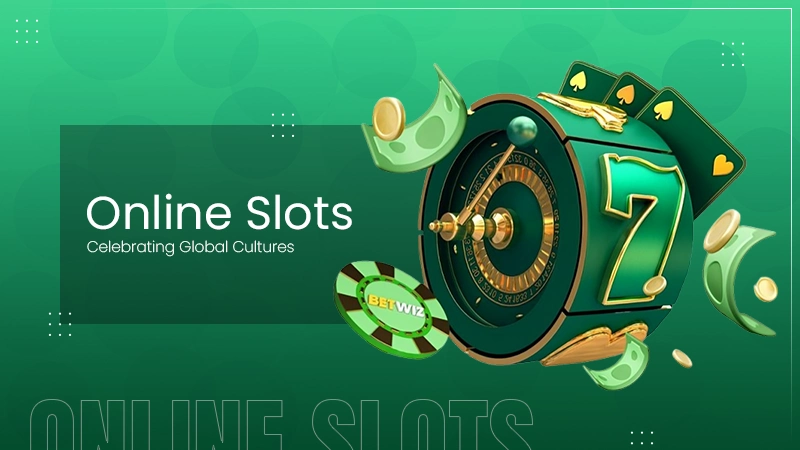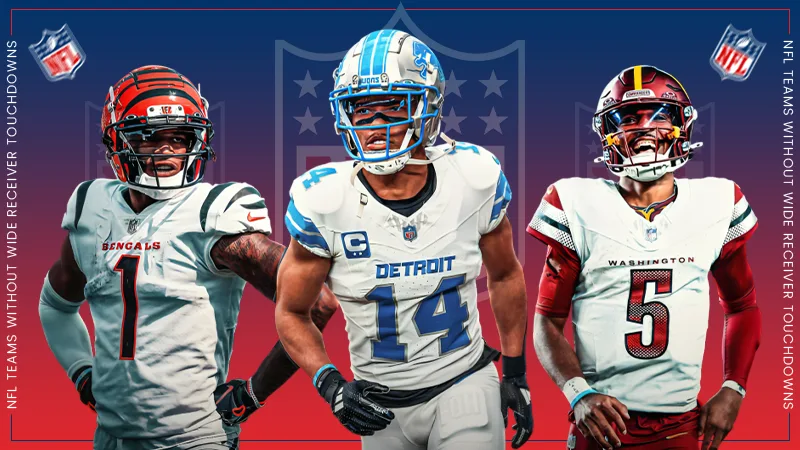
Jhandi Munda: About the Game

KEY TAKEAWAYS
- Jhandi Munda is an interesting game that is said to have originated in the north-east part of India.
- This game’s board is divided into 6 betting areas, each has its own symbols like Spade, Club, Diamond, Heart, Crown, and Flag.
- In Jhandi Munda, your payout depends on how many times your chosen symbol shows up on the six dice.
- Players place their bets on the symbol of their choice and win if their chosen symbol is the one that turns face up the most number of times.
Jhandi Munda, ever heard of this game? Surely, not everyone must be aware of this exciting luck-based game. Jhandi Munda originated and is a quite popular game in Nepal and the north-eastern part of India.
The rules are simple, there are six 6-sided dice, each side with a different pattern. The player just needs to guess the side symbol that will appear when the dice is rolled. Sounds simple, fun, and exciting, right?
Well, it is all those things, but that is not it. It involves various other factors as well. Want to know what they are? This post takes a deep dive into this game and uncovers the mechanics, tactics, strategies, and much more about this game.
Read on and find out for yourself!
Jhandi Munda Gameplay Mechanics
The Jhandi Munda board is divided into six betting boxes, each depicting a symbol. The most common icon set features Heart, Spade, Diamond, Club, Flag (Jhandi), and either Face/Head (Munda) or a Crown; both sets are seen in circulation, and regional traditions or publishers determine which appears. The six dice mirror the board—each face carries one of the six symbols—so a single throw can produce anywhere from zero to six instances of a player’s chosen emblem. And if you want to know what these symbols look like, here is how all these symbols look:

Objective and Flow of Play
A round comprises three very short phases:
- Betting: Players place stakes on one or more of the six symbols.
- Roll: The dealer (or software) shakes and rolls six identical symbol dice.
- Settlement: For each symbol, the count of face-up matches is compared against wagers on that symbol, and payouts are issued according to the table’s posted schedule.
Payout Models
In Jhandi Munda, your win depends on how many times your selected symbols turn face up. The more times it appears, the more you win. For example, if it shows up once, you win the same amount as your bet, if it shows up twice, you win double, and so on. The maximum payout is 6 to 1, as there are six dice in total in the game.
Some online variants also add special markets such as betting that a given symbol will not appear at all (“no-show”), or extended proposition bets with fixed odds. These are optional side bets layered atop the standard symbol wagers and are not part of every ruleset.
Probabilities at a Glance
Because each die face is equally likely, the number of matches for a single chosen symbol follows a binomial distribution with n=6n=6n=6 and p=1/6p=1/6p=1/6. The approximate chances are:
- 0 matches: ~33.49%
- 1 match: ~40.19%
- 2 matches: ~20.09%
- 3 matches: ~5.36%
- 4 matches: ~0.80%
- 5 matches: ~0.064%
- 6 matches: ~0.002%
These figures explain the “shape” of the game: as you can see, one-match hits happen most often, two-match hits are quite rarer, and triple-or-better outcomes are dramatic outliers. If a table offers side bets like “no-show,” those probabilities help clarify why such options are listed at longer, fixed odds.
Multi-Box Betting and Bankroll Rhythm
A single roll resolves all six boxes, so players often split a stake across two or three symbols to smooth variance. The trade-off is straightforward: spreading chips can create more frequent small settles, whereas focusing entirely on one emblem heightens volatility—long stretches of misses punctuated by occasional higher multipliers. None of these patterns changes the underlying probabilities, but they do influence bankroll rhythm and session length.
FUN FACT
Playing Jhandi Munda during the festivals of Tihar, Dashain, and Dashami is a traditional custom. In some areas of North East India, you can even find people playing this game on the streets.
Jhandi Munda Game Design
Reputable online versions employ certified random number generators and display the paytable in a single tap from the betting screen. Many also include a “round history” strip. While history can be a useful log for auditing previous results, it should not be misconstrued as predictive; dice have no memory. The clearest designs therefore keep history unobtrusive, avoid heat-mapping that might imply trends, and allow players to hide the strip entirely if they prefer a clean layout.
Accessibility Considerations
A well-crafted Jhandi Munda interface supports:
- Color-safe icons: Strong silhouette shapes ensure legibility for color-blind players.
- Readable odds panels: Payouts and rules in plain text with adequate contrast.
- Input ergonomics: Large tap targets for mobile play, chip “undo” gestures, and vibration feedback toggles.
- Language support: Label strings that expand gracefully without crowding the symbols.
Jhandi Munda Sound and Animation
Sound in Jhandi Munda should emphasize clarity and restraint. The essentials are:
- Dice cues: A natural rattle during the shake, a crisp clack on the drop, and a subtle “settle” as the dice come to rest.
- Betting feedback: Soft confirmations when chips land in a box or when a bet is removed.
- Result stingers: Short, distinct tones for win, push (if the ruleset uses stake-return variants), and loss.
A restrained mix prevents fatigue over rapid cycles and supports long sessions without becoming grating.
Musical Underscore and Ambience
If music is used, low-key loops at moderate tempo pair well with the game’s quick cadence. Ambient layers—festival murmur, distant drums, or crowd reaction swells—can be added in live-streamed events. Crucially, the mix should duck under the dice impact so the reveal remains the star.
Animation Cues
Smooth, purposeful motion elevates clarity:
- Chip movement: Chips should glide into boxes with a slight arc and a brief landing bounce.
- Result highlighting: Winning symbols can glow or pulse once, and small number badges (×1, ×2, ×3…) can pop up above the box to show the count of matches.
- Dice readout: After the dice stop, a brief camera nudge or a light spotlight helps the eye find the faces.
For accessibility, pair every animation with a textual readout (e.g., “Flag ×2, Diamond ×1”) so that information is never delivered by motion alone.
UX Options That Matter
Player-facing toggles should include master volume, SFX/Music sliders, “reveal speed” (slow/normal/fast), and an “auto-bet” checkbox that repeats the last layout for the next round—always with a clear indicator, so accidental repeats are avoided.
Jhandi Munda Gameplay Bonuses
Maximum thrill in Jhandi Munda comes from multiple matches on a single symbol. Standard tables pay stepwise—1-to-1 for a single match, 2-to-1 for two matches, and so on—sometimes returning the original stake in addition to the profit (rules vary). This straightforward scaling keeps the game readable at a glance and aligns directly with the number of matching dice on the felt.
Side Bets and Alternate Markets
Modern implementations sometimes present optional side bets that alter the risk-reward profile:
- No-Show Bets: A wager that a specific symbol will not appear on any die this round, typically listed at longer fixed odds given the ~33.49% probability of zero matches on a single chosen symbol. Availability, pricing, and naming differ by operator; these are not universal.
- Aggregate or Combo Bets: Some platforms experiment with combined outcomes or streak-based promotions (e.g., boosted odds if the same symbol hits across multiple rounds), offered intermittently as limited-time features rather than as permanent table rules.
Because these markets vary widely, players should always open the in-game rules panel before allocating chips.
Promotional Bonuses
Outside the in-round wagers, online lobbies may attach promotional frameworks around Jhandi Munda in India and abroad:
- Welcome credits and reload offers: Site-wide wallet incentives that can be used at the Jhandi Munda table, subject to wagering requirements and game contribution rules.
- Loyalty points: Rolling the dice contributes points toward tier status, which in turn unlocks cashback days or small tournament entries.
- Streak missions: Minor objectives (“win on four different symbols today”) that yield tickets or small bonus funds.
These are platform-level incentives rather than changes to the game itself, with terms that specify eligibility stakes and time windows.
Final Word
Jhandi Munda distils dice gaming to a clear set of symbols, a single communal roll, and instantly legible outcomes. Six matching faces, six matching boxes, and a paytable that scales with the count keep cognitive load low while leaving room for meaningful choices about coverage and stake. Whether played on a felt square under festival lights or inside a modern app with crisp iconography and subtle audio, the game’s identity is the same: pick a symbol, watch the dice, and settle up—clean, swift, and decisively shared.
Ans: There are 6 symbols of this game, and those are Spade, Club, Diamond, Heart, Crown, and Flag.
Ans: The more times your selected symbols turn face up, the more you will win.
Ans: Chowka Bhara is one of the oldest board games that still exists and is played in some parts of India.
Ans: Local people say this game originated in the north-east part of India.
